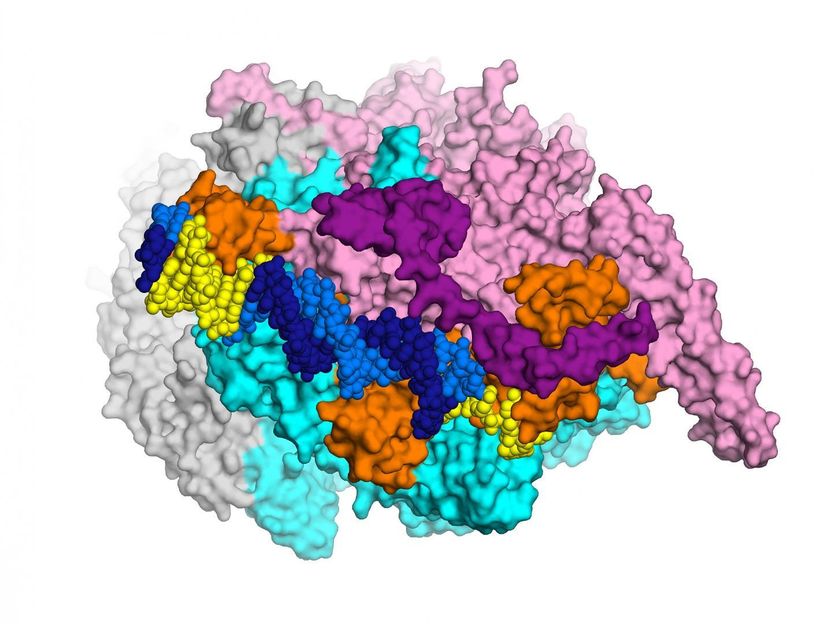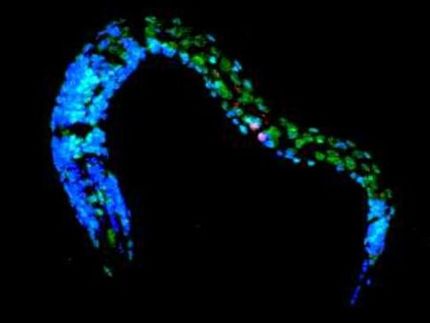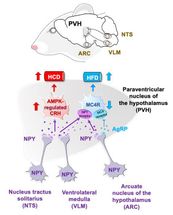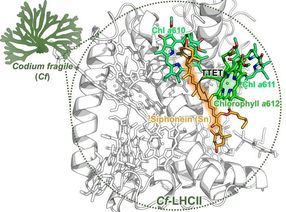Genomic instability and premature aging
Advertisement
Premature aging syndromes often result from mutations in nuclear proteins involved in genomic integrity. For example Hutchinson-Gilford progerial syndrome (HGPS), a severe form of early-onset premature aging, is caused by truncation in the protein lamin A. Lamin A is a nuclear protein important for chromatin attachment, DNA replication and nuclear organization. Lack of an enzyme responsible for the maturation of prelamin A, also results in progeroid phenotypes in mice and humans.
In Nature Medicine Online researchers at Karolinska Institutet and the University of Hong Kong describe this enzyme's importance for the stability of DNA. The results indicate that mutations in prelamin A and lamin A perturb DNA damage response and repair, resulting in genomic instability which might contribute to certain types of premature aging.
Original publication: B. Liu , J. Wang, K. M. Chan, W. M. Tjia, W. Deng, X. Guan, J. Huang, K. M. Li, P. Y. Chau, D. J. Chen, D. Pei, A. M. Pendas, J. Cadinanos, C. Lopez-Otin, H. F. Tse, C. Hutchinson, J. Chen, Y. Cao, K. S. E. Cheah, K. Tryggvason, Z. Zhou; " Genomic instability in laminopathy-based premature aging"; Nature Medicine Online 26 June, 2005.
Most read news
Organizations
Other news from the department science

Get the life science industry in your inbox
By submitting this form you agree that LUMITOS AG will send you the newsletter(s) selected above by email. Your data will not be passed on to third parties. Your data will be stored and processed in accordance with our data protection regulations. LUMITOS may contact you by email for the purpose of advertising or market and opinion surveys. You can revoke your consent at any time without giving reasons to LUMITOS AG, Ernst-Augustin-Str. 2, 12489 Berlin, Germany or by e-mail at revoke@lumitos.com with effect for the future. In addition, each email contains a link to unsubscribe from the corresponding newsletter.
Most read news
More news from our other portals
Last viewed contents
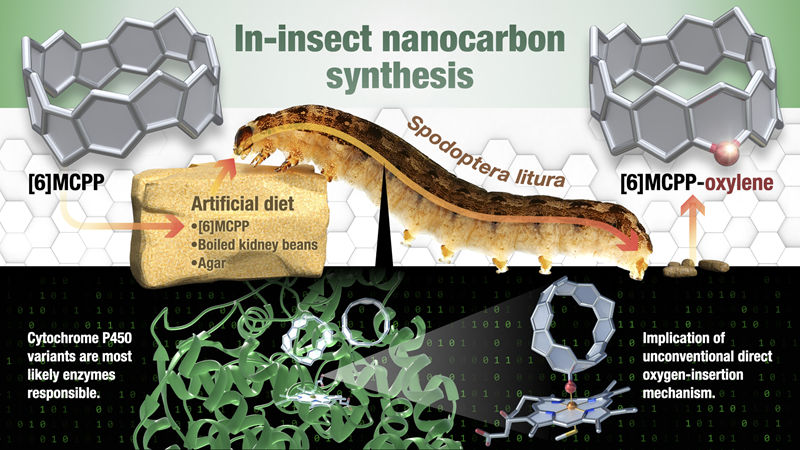
Insects as mini molecule-making factories, marking a breakthrough in chemical engineering - Caterpillar factories produce fluorescent nanocarbons
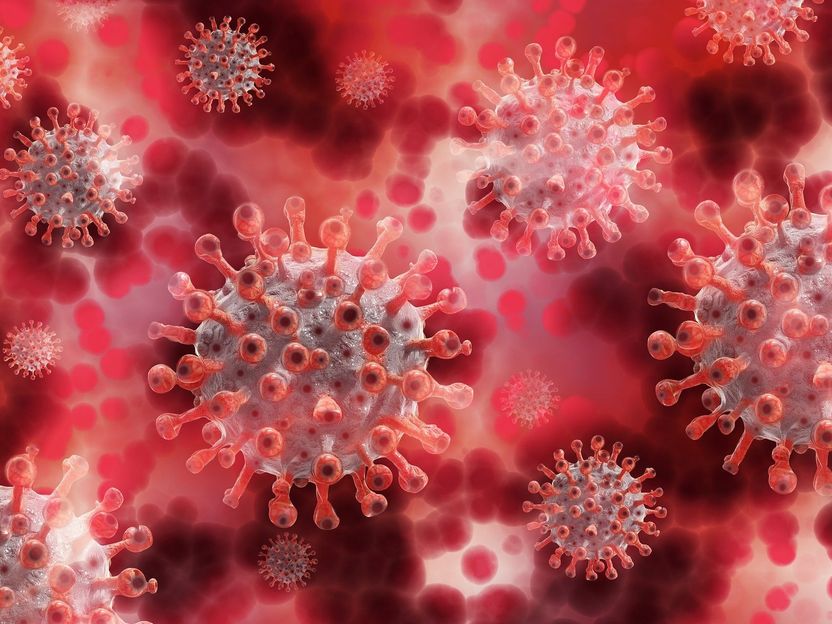
COVID-19 : Measuring viral RNA to predict which patients will die - A statistical model uses a blood biomarker of SARS-CoV-2 to identify infected patients who are most at risk of dying of COVID-19
SEQUENOM Signs Research Agreement with Translational Genomics Research Institute
BUSM study reveals novel mechanism by which UVA contributes to photoaging of skin
